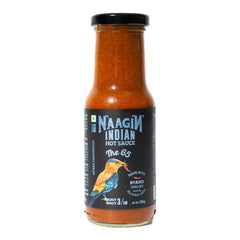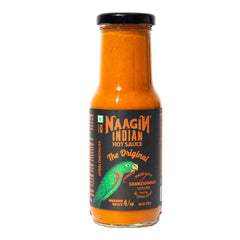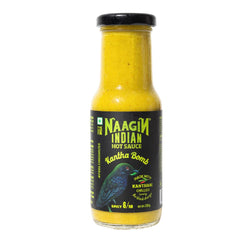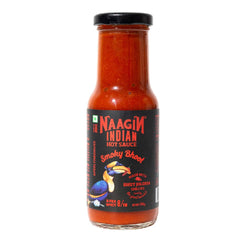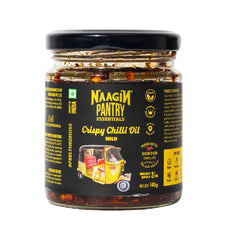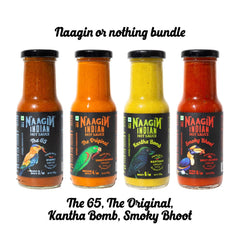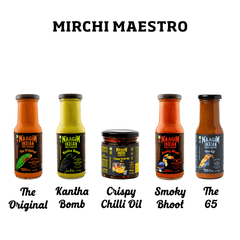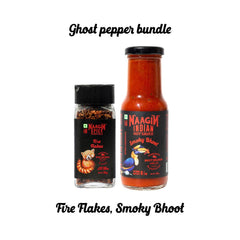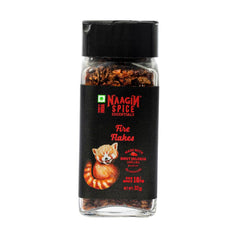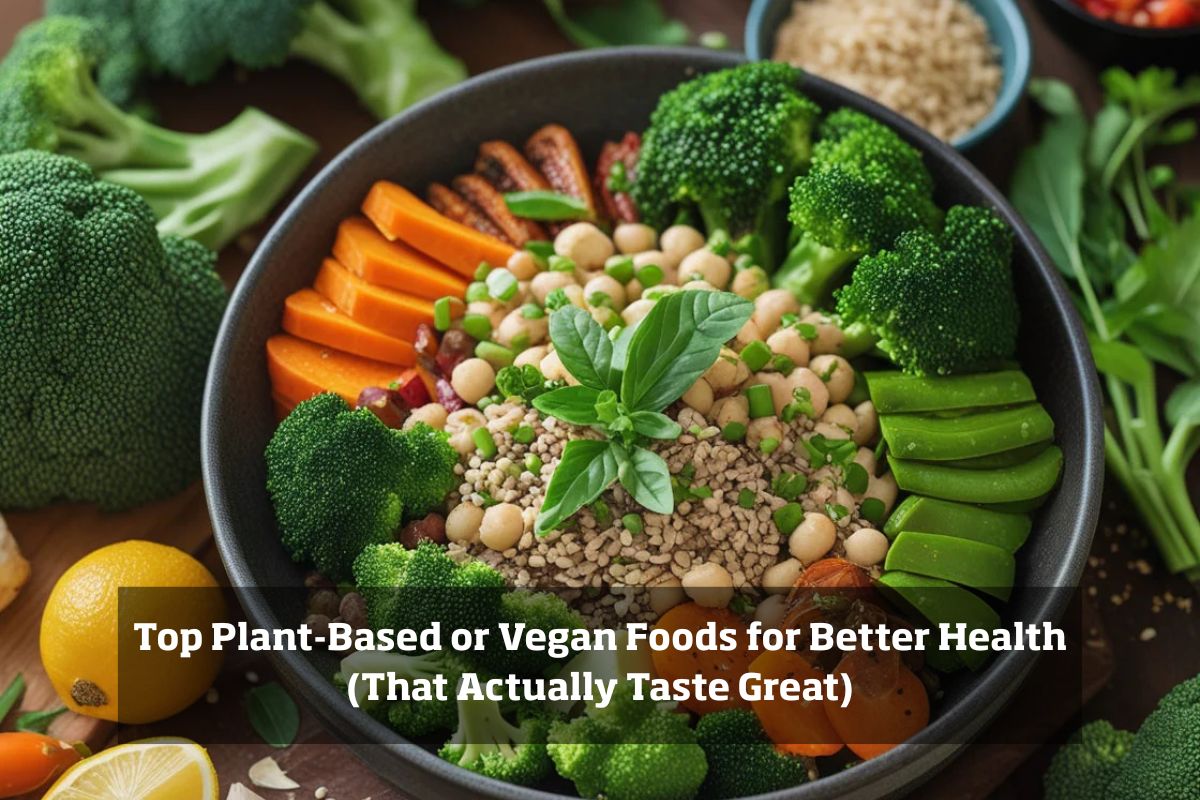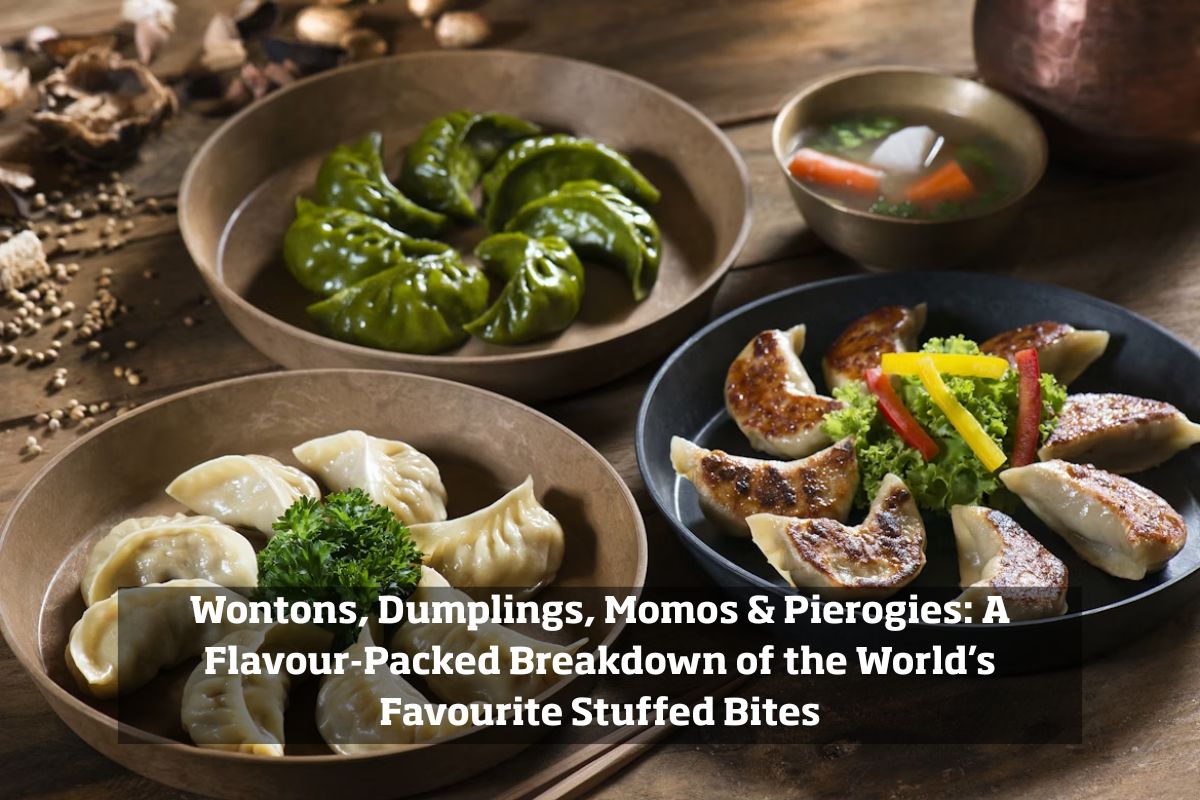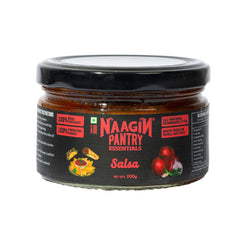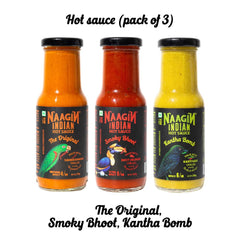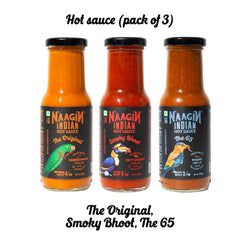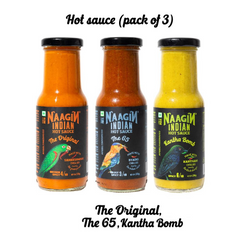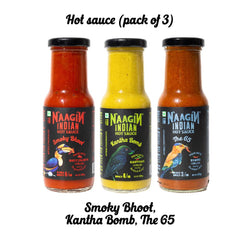
Ghost peppers (Bhut Jolokia) have earned a fearsome reputation as one of the world’s hottest chili peppers. With a Scoville rating of over 1 million units, they’re not for the faint of heart. However, along with their fiery fame, many myths and misconceptions have spread about these potent peppers.
So, is the ghost pepper truly lethal? Can it burn a hole in your stomach? Let’s separate the spice from the sensationalism. Here are some of the most common myths about ghost peppers—debunked.
Myth 1: Ghost Peppers Are Dangerous or Unhealthy
Reality: In moderate amounts, ghost peppers are not harmful for most people. In fact, capsaicin offers several health benefits, including boosting metabolism, aiding digestion, and providing antioxidants. Of course, those with certain medical conditions should consult a doctor before indulging in super-hot chilies.
Myth 2: Ghost Peppers Only Grow in India
Reality: Ghost peppers originated in Northeast India and are a staple in Assamese, Naga, and Manipuri cuisines. Today, they’re cultivated worldwide, including in the United States and Mexico, thanks to their popularity among chili enthusiasts and hot sauce makers.
Myth 3: Ghost Peppers Can Cause Physical Harm or Death
Reality: While ghost peppers are extremely hot, they won’t kill you—unless consumed in absurdly excessive amounts (which is true for almost any food). The intense burning sensation comes from capsaicin, the compound responsible for heat in peppers. That said, eating a ghost pepper can cause severe discomfort, sweating, nausea, or even temporary stomach pain. Always consume them in moderation, and avoid touching your eyes or sensitive skin after handling them.
Myth 4: Drinking Water Helps Cool the Burn
Reality: One of the biggest mistakes people make after eating a ghost pepper is reaching for water. Capsaicin is oil-based, so water just spreads the heat around your mouth. Instead, try:
-
Dairy products (milk, yogurt, ice cream)
-
Starchy foods (bread, rice)
-
Oils or fats (peanut butter, olive oil)
These help break down the capsaicin and provide relief.
Myth 5: Ghost Peppers Are the Hottest Peppers in the World
Reality: Ghost peppers once held the Guinness World Record for the hottest pepper, but they’ve since been surpassed by:
-
Carolina Reaper (1.6M–2.2M Scoville units)
-
Pepper X (officially rated at 2.69M Scoville units)
-
Dragon’s Breath (reportedly hotter but not officially confirmed)
Still, ghost peppers remain one of the most infamous superhots.
Myth 6: Ghost Peppers Are All Heat, No Flavor
Reality: Hidden beneath that fire is a surprising burst of sweet, fruity, and earthy flavor. Ghost peppers are often overlooked in cuisine because of their infamous heat, but for chili lovers, their complex flavor profile makes them a favorite for sauces, salsas, and curries. Used in small amounts, they can add depth, smokiness, and a touch of sweetness, without destroying your taste buds.
Fun Facts
-
Ghost peppers have been used as natural elephant deterrents in India, farmers rub them on fences to keep elephants away from crops.
-
The Indian military has even used ghost pepper smoke bombs for non-lethal crowd control.
-
Despite their heat, ghost peppers have a fruity, slightly sweet flavor that makes them a favorite for adventurous chefs.
Conclusion
Ghost peppers are more than just a dare for spice lovers,they’re a complex, flavorful chili with a fascinating history and plenty of culinary uses. Now that you know the truth, you can appreciate ghost peppers for what they really are: a fiery, flavorful, and misunderstood superstar of the chili world.
Ready to turn up the heat? Try ghost pepper-infused hot sauces and discover a whole new world of flavor! Try Naagin’s Smoky Bhoot and share your verdict now!


